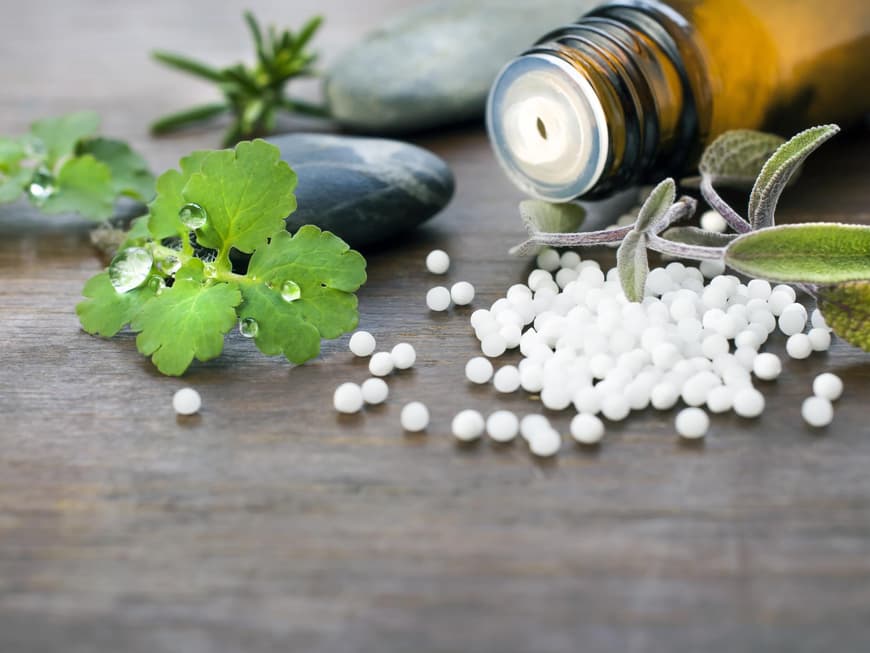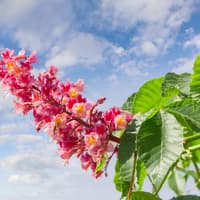
Homeopathy
is a so-called stimulation and regulation therapy: a stimulus is set in the body that activates the body's self-healing powers. Dr. Samuel Hahnemann (1755-1843) developed homeopathy. His idea: a substance that causes certain symptoms in a healthy person can heal the sick person with these triggers. His principle was: "Let like be cured by like."
Globules: The active ingredient is administered to the patient in small globules. Globules are made from cane sugar and then impregnated with the homeopathic active ingredient.
Active ingredients: There are around 2,500 different homeopathic remedies available today - made from minerals, plants, animals and animal products.
Potencies: the substances are diluted, these are the potencies. The remedies are available in powers of ten (d) and powers of a hundred (C). d30, for example, means that the active ingredient has been diluted 30 times tenfold. C200, on the other hand, means that the substance has been diluted 200 times by a factor of 100.
Phytotherapy
is herbal medicine - the oldest of all healing methods. Even animals heal their illnesses with plants: chimpanzees, for example, eat certain plants when they have diarrhea, which they otherwise do not touch.
Monastery gardens: Medicinal plants have been used here since the early Middle Ages, mainly by monks and nuns. Almost every monastery had a herb garden with camomile, nettles, mint and other medicinal plants.
Modern medicine: scientific medicine also began in the Middle Ages, incorporating the findings of herbal medicine. A famous representative of medical phytotherapy was the Swiss physician Paracelsus (1493-1541).
Modern science: Since the last century, active substances have been isolated from plants, for example atropine from the poisonous belladonna for fever and oligomeric procyanidins from hawthorn for heart problems. Both substances are still used today. The isolated active ingredients can be administered in precise doses.






